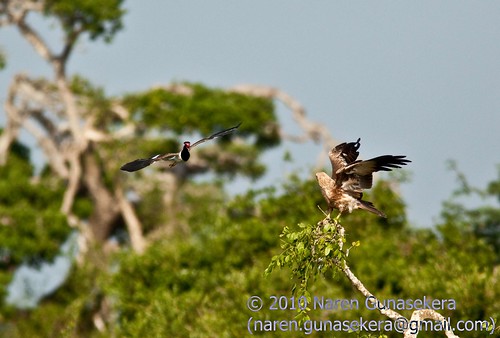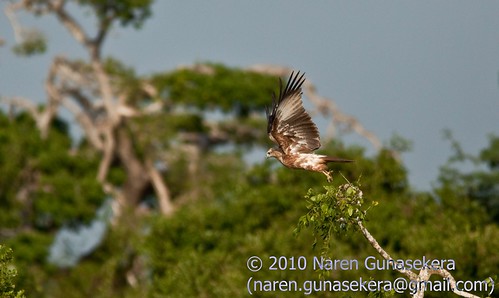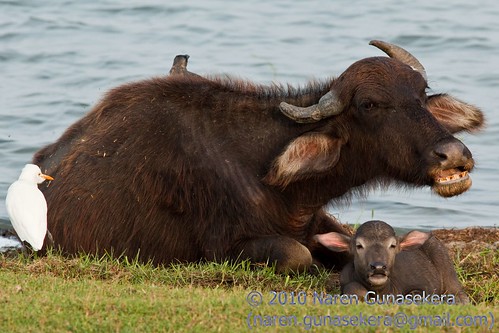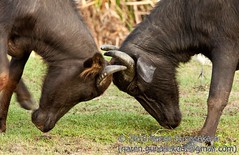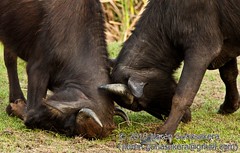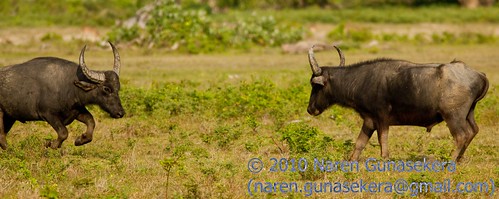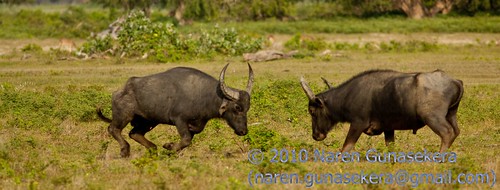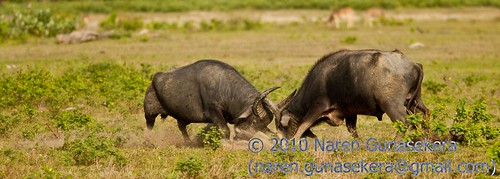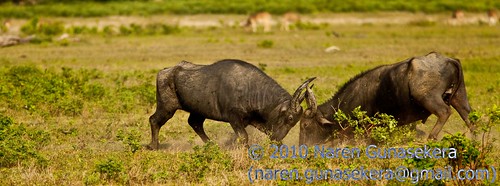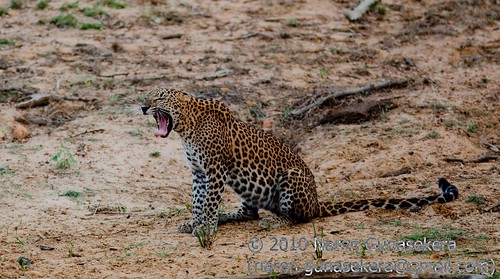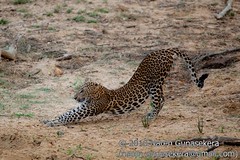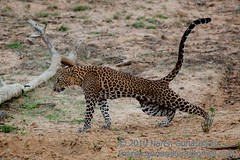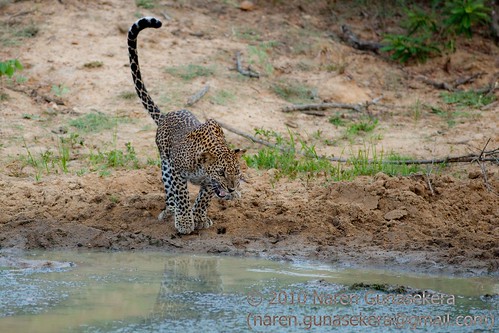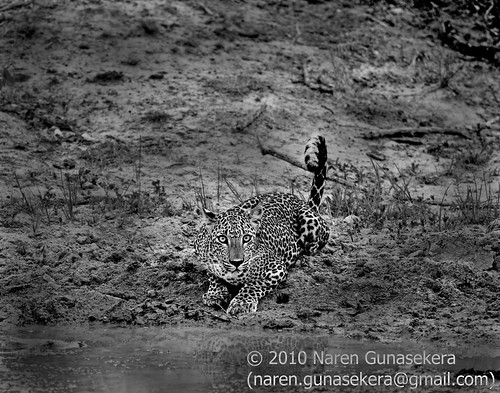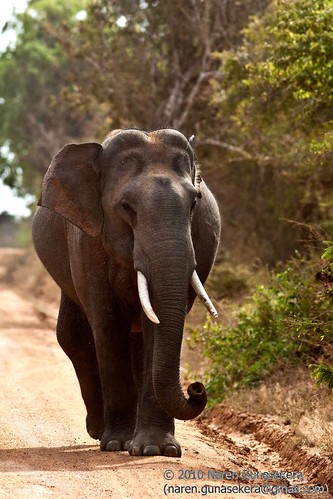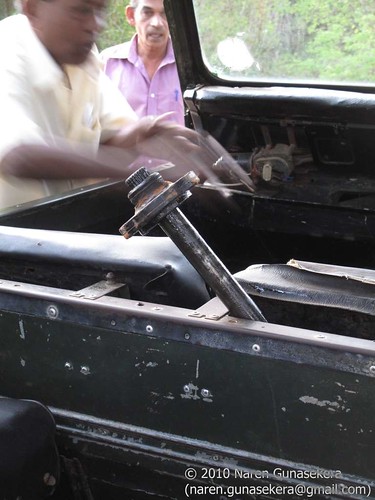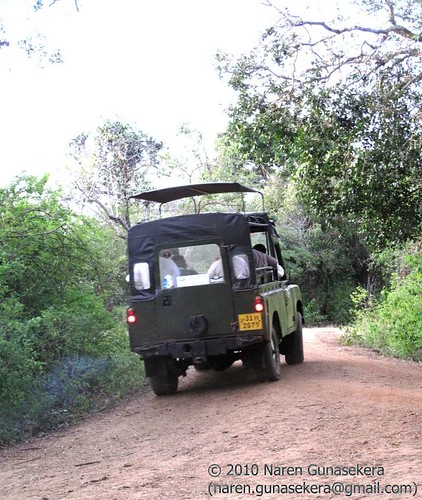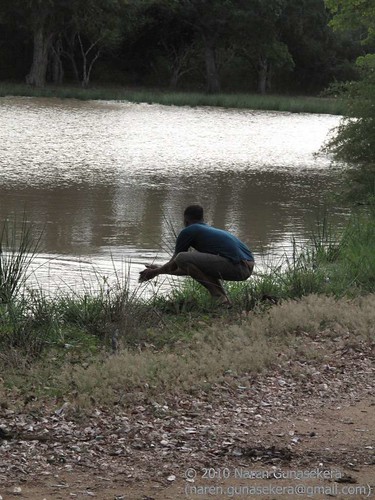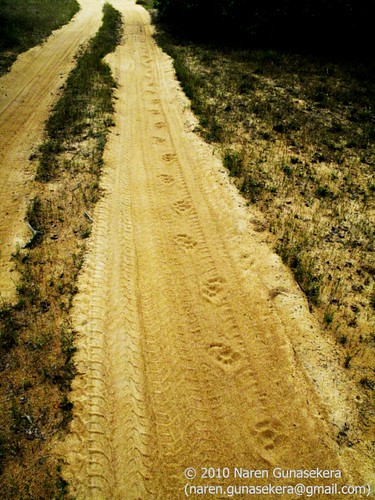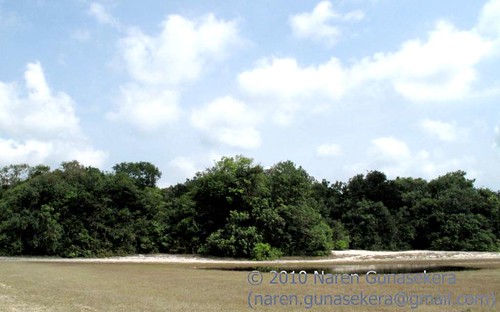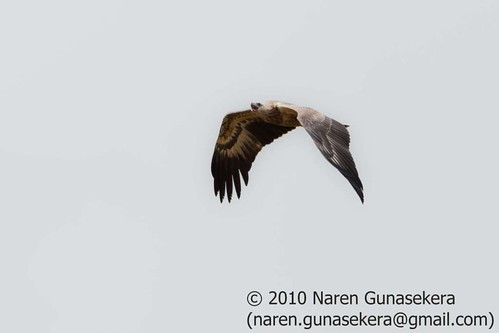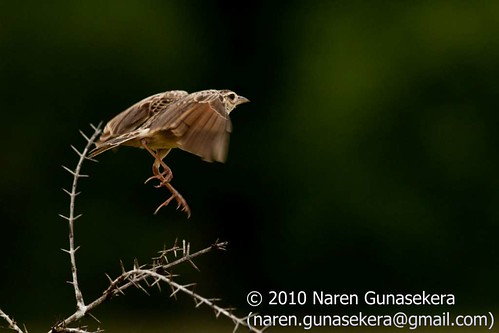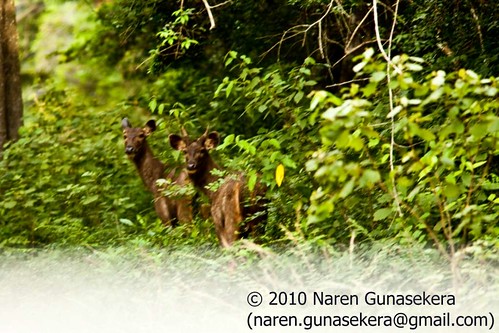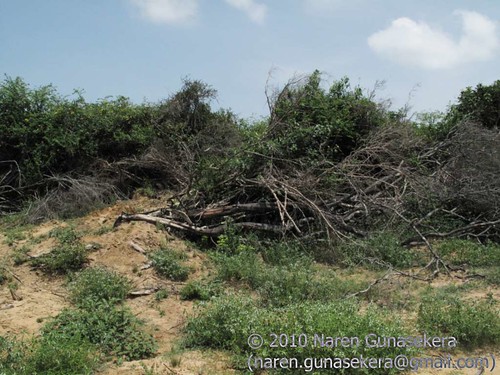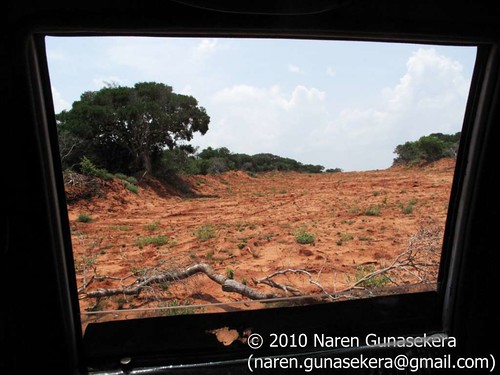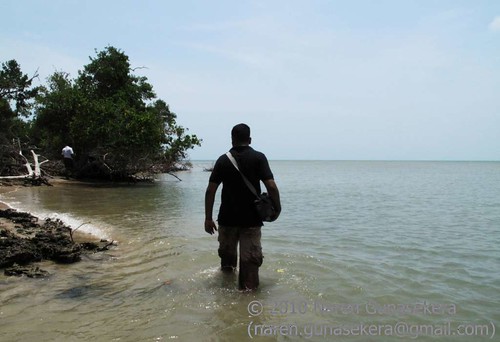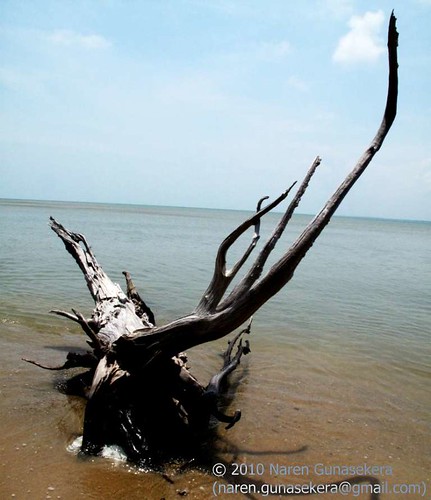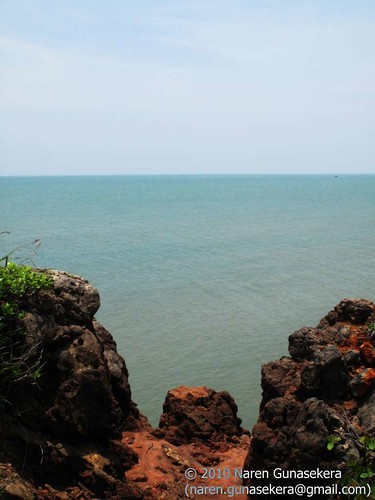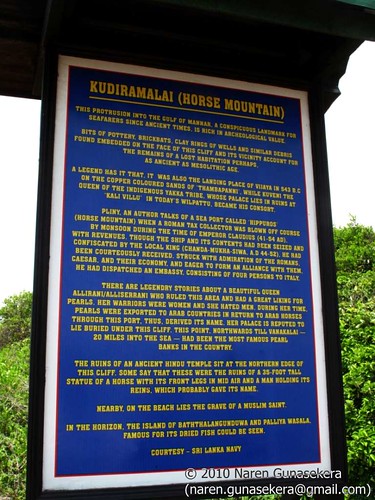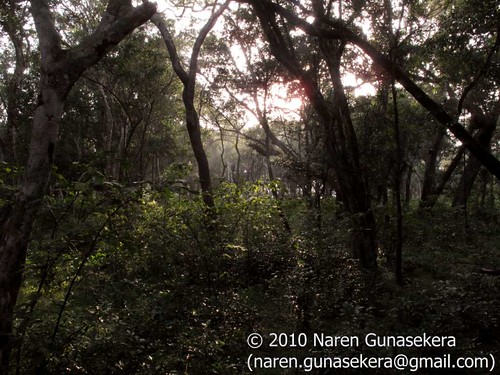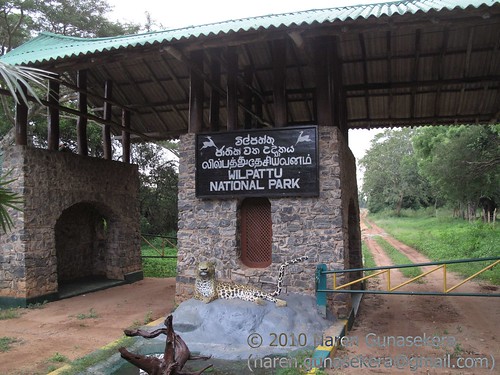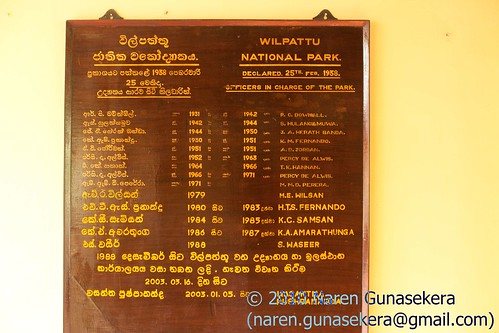Wilpattu. The name has always evoked bittersweet excitement for me. All my life it has been my Shangri La for wildlife. I grew up with the tales of family trips of generations and the almost mystical leopard sightings, shining gold and black on the white sands of the Villu’s. Wilpattu is the country’s largest park and arguably the most untouched, its bungalows (when in operation many years ago) were rated the best in the land, all in addition to its reputation for being the top site for leopard sightings in Lanka. As if this wasn’t enough value for money, the park also plays host to sites that are writ large in Sri Lanka’s storied past, including Kudrimalai point where Prince Vijaya is said to have landed and a palace that was supposed to have belonged to Kuveni, the tribal princess.
Wilpattu Jungles
Despite its many wonders, in 29 years I had never been to Wilpattu save for when I was a mere toddler. It didn’t take too much enticement when S called asking if I wanted to accompany them on quick weekend jaunt to Wilpattu. Leaving from Colombo on the midnight run via the A3, we reached our base, the Governor’s Camp bungalow in Wilpattu as a grey morning dawned. Quite a charming bungalow offering good value for money minutes from the park, the lodge can accommodate eight people in four double rooms for the price of Rs.10,000 a night. You can bring your own food or pay extra for food, we opted for the latter and the fare was quite good. The options for accommodation appeared a bit thin at the time with other bases ranging from hotels in Anuradhapura and Kalpitiya. I personally would not advise staying at places that are this far away, simply because it means you need more time to get to the park entrance. And you want to get to the park at the first hint of daylight to get the best wildlife sightings.
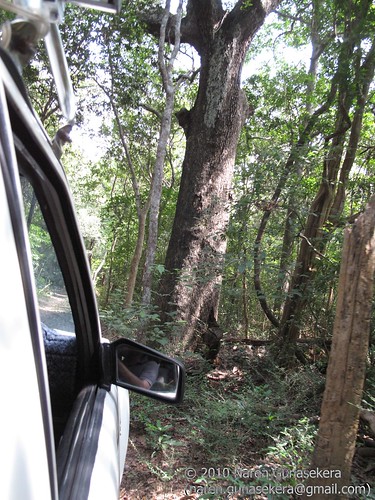
The road to the entrance
Things seemed quiet around the park entrance where we rendezvoused with our jeep driver, Sunil for our whole day safari, which set us back a grand total of Rs.7,000. A half day safari would set you back Rs. 4,000 but given the size of the park, unless you are really short of time you want to go for the full days safari. The lines of Safari jeeps you see in Yala were absent and it looked like, despite the park having been open for over two and a half months, it was still not heavily visited. In fact we were to see a grand total of three other jeeps, all venerable old Willis jeeps, during our time in the park over the weekend.
Entrance to Wilpattu
Packing into our jeep we drove to the park office at Hunuvilagama to get the formalities of our visit, purchasing tickets and having a ‘tracker’ (i.e. guide) assigned. Wandering around the office, the neglected state of the jewel in the crown of Sri Lanka’s dry zone parks was apparent. The infrastructure was dilapidated and the exhibits looked forlorn and dusty. Noting a roster of park wardens in the corner I went over for a closer look. I felt an eerie chill as I noted that the list stopped at Wasantha Pushpananda, the warden of the park who was killed by the LTTE in 2007. The board seemed oddly matter of fact, Park Warden, 2003. There was no indication of the violent end this dedicated man had come to in an ambush at Kokkare Villu.
Wardens of Wilpattu
Shaking these morbid thoughts off, we loaded our Chamara, our tracker, a most pleasant and enthusiastic guide and headed off into the park. The drive into the park led through Wilpattu’s signature monsoon forest, venerable Pallu and Weera trees clustered up on either side of the road while sunlight filtered through the canopy which met overhead. Our first sighting of the day was a relatively common Serpent Eagle which decided to fly along the road in front of our jeep. Sunil cut the engine and we coasted along in silence with the eagle escorting us and the sounds of the jungle around us, cicadas shimmering and the musical chiok, chaw-choik calls of the Jungle Fowl.
Chamara, our tracker
Breaking into an open plain we came to the dilapidated buildings at Maradanmaduwa. As we ate a hasty breakfast, Chamara told us about the fateful day on May 15, 1985 when the LTTE massacred a 120 people in Anuradhapura and made their escape through the park, killing a further 19 people in the park. Apparently one of the staff at the park was a survivor of this event and got off relatively lightly with gunshot wounds to the leg. We were later to have another reminder of the park’s grim past as we saw the remains of the jeep that had been ripped apart in May 2006 killing amongst six others, the renowned author Nihal De Silva. Hopefully as the park continues to gain popularity and returns to its former majesty, Wilpattu’s sheen of past violence will wear off.
Maradanmaduwa buildings


